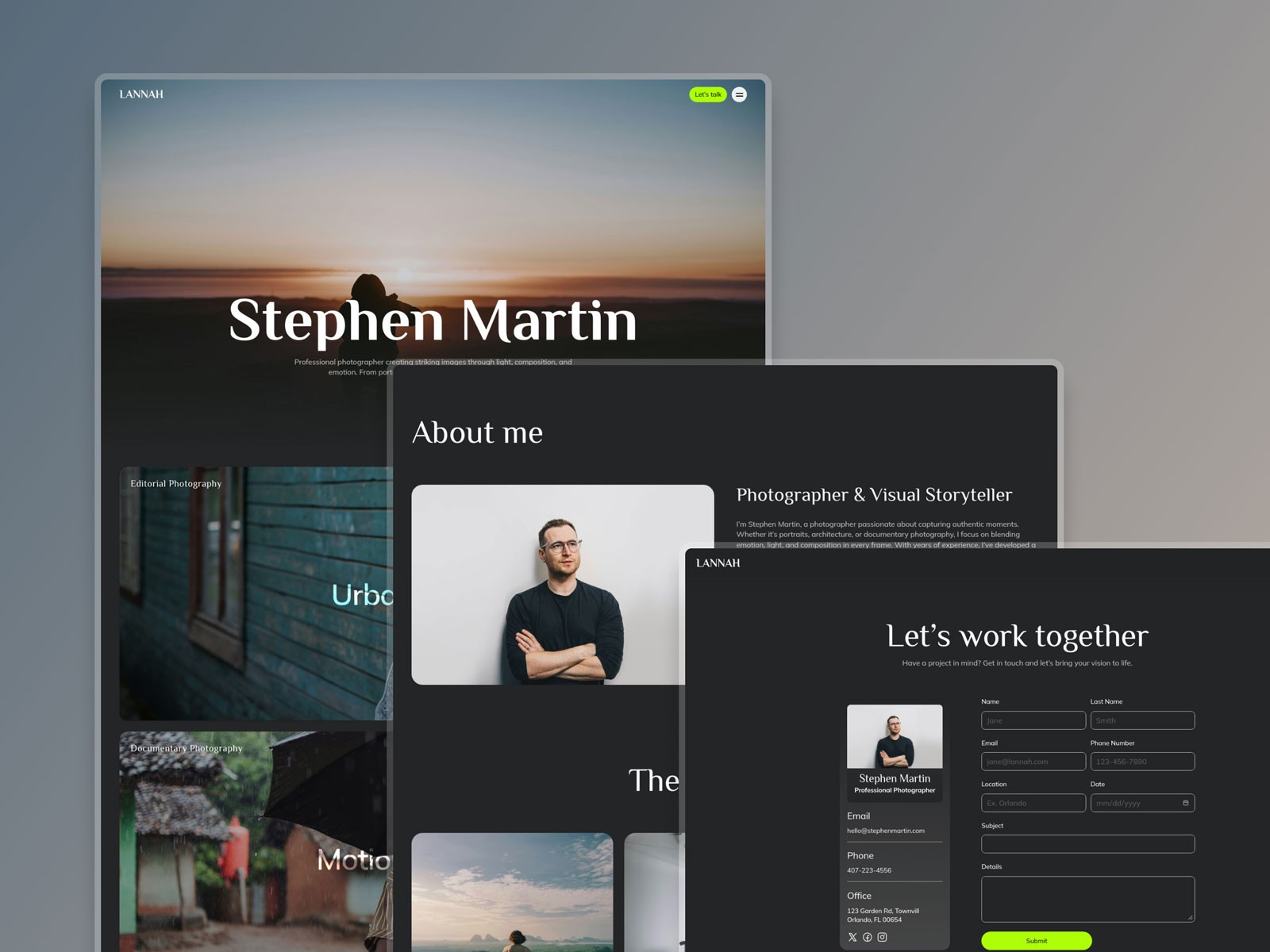2025 Web Design Trends: Motion, 3D & AI Insights
The world of web and graphic design is moving fast, and 2025 is already shaping up to be a year of bold shifts. As a designer deeply involved in both web and brand strategy, I’m seeing clear signals of where things are headed. Whether you're a marketer, startup founder, or fellow designer, these trends will help you stay ahead of the curve, make better design decisions, and connect with your audience through modern, high-performing visuals.
Let’s break down the key trends I believe will define 2025 in graphic web design.
1. Motion meets minimalism
Micro-interactions and scroll-based animations are becoming more intentional. Instead of flashy effects, we're seeing motion used to guide the user, add meaning, or enhance storytelling without distracting from the content. Expect scroll-triggered reveals, hover states with micro-feedback, and smooth transitions that support rather than distract from the message. Brands that embrace subtle motion in a minimal layout will feel both modern and trustworthy.
2. AI-enhanced layout generation
AI design tools are evolving rapidly. Platforms like Framer AI and Figma's Smart Layouts now assist with responsive design, content structure, and even layout suggestions. In 2025, designers who embrace AI as a creative assistant—not a shortcut—will be able to deliver faster results while maintaining strategic and visual quality. Clients get faster turnarounds, and we as designers keep creative control.
3. Real texture and depth
We’re moving beyond flat design. Expect more soft shadows, glassy layers, subtle gradients, and organic depth. This return to tactile visuals creates trust, especially in B2B industries where credibility matters. Whether it’s a drop shadow on a testimonial card or a layered hero background, depth enhances user focus and improves hierarchy when done right.
4. Typography as a design system
Typography in 2025 isn’t just aesthetic; it drives layout. Designers are using expressive, responsive font systems to guide the user's reading path, define brand tone, and scale across breakpoints. Strategic use of bold weight, variable fonts, and clear spacing can often do more than a whole layout grid.
5. Designed for dark mode
Dark mode is no longer optional. Many users default to it, and brands that ignore it risk poor usability. The key in 2025 is to design for dark mode—not just invert colors. Designers will need to ensure contrast ratios, rethink accent colors, and even adjust gradients to perform in dark environments without losing clarity or energy.
6. Systems thinking: Modular and scalable
Design systems aren’t just for big teams anymore. Every Framer or Webflow build can benefit from modular thinking. In 2025, building reusable sections, components, and style tokens will be a standard for speed, consistency, and client scalability. The bonus? Modular design also helps with SEO, accessibility, and long-term site maintenance.
7. Framer & Webflow lead the no-code evolution
These tools are no longer for solo designers only. Teams, startups, and marketers are choosing Framer or Webflow for their speed, design control, and CMS flexibility. Whether it’s a pitch deck site, SaaS landing page, or content hub, I’m seeing more brands value these tools because they allow strategic visual execution without deep dev involvement.
8. Embracing 3D Elements for Immersive Experiences
3D is back, and it’s cleaner than ever. From floating UI components to abstract visual shapes (think spheres, transparent blobs, or gradients with depth), 3D design adds a wow factor when used intentionally. Tools like Spline, Three.js, and even native browser rendering make this more accessible. I’ve seen clients in SaaS and tech use lightweight 3D to make hero sections stand out or to visualize products dynamically.
How to Apply These Trends to Your Business Website
Here’s the key: don’t just follow trends for the sake of it.
Start by identifying what your brand truly needs:
If you need to look more modern and polished, consider introducing micro-interactions and clean typography.
Want to stand out in a crowded market? Try layering in textures or subtle 3D visuals.
Need to update your website quickly? Framer or Webflow with a modular approach can get you there faster without sacrificing brand quality.
As someone who works with B2B brands regularly, I always tailor trends to the message, audience, and business goals first. That’s where the value is.
Final thoughts
Trends are helpful, but they only matter when applied with purpose. Use them to clarify your brand, support your message, and engage your audience with intention. If you're planning a new website or visual refresh in 2025, now’s the time to think strategically.
Need a site that feels modern and strategic?
Let’s bring your brand to life with a fast, clear, conversion-driven website built in Framer or Webflow.
Related services
More about
Web design






